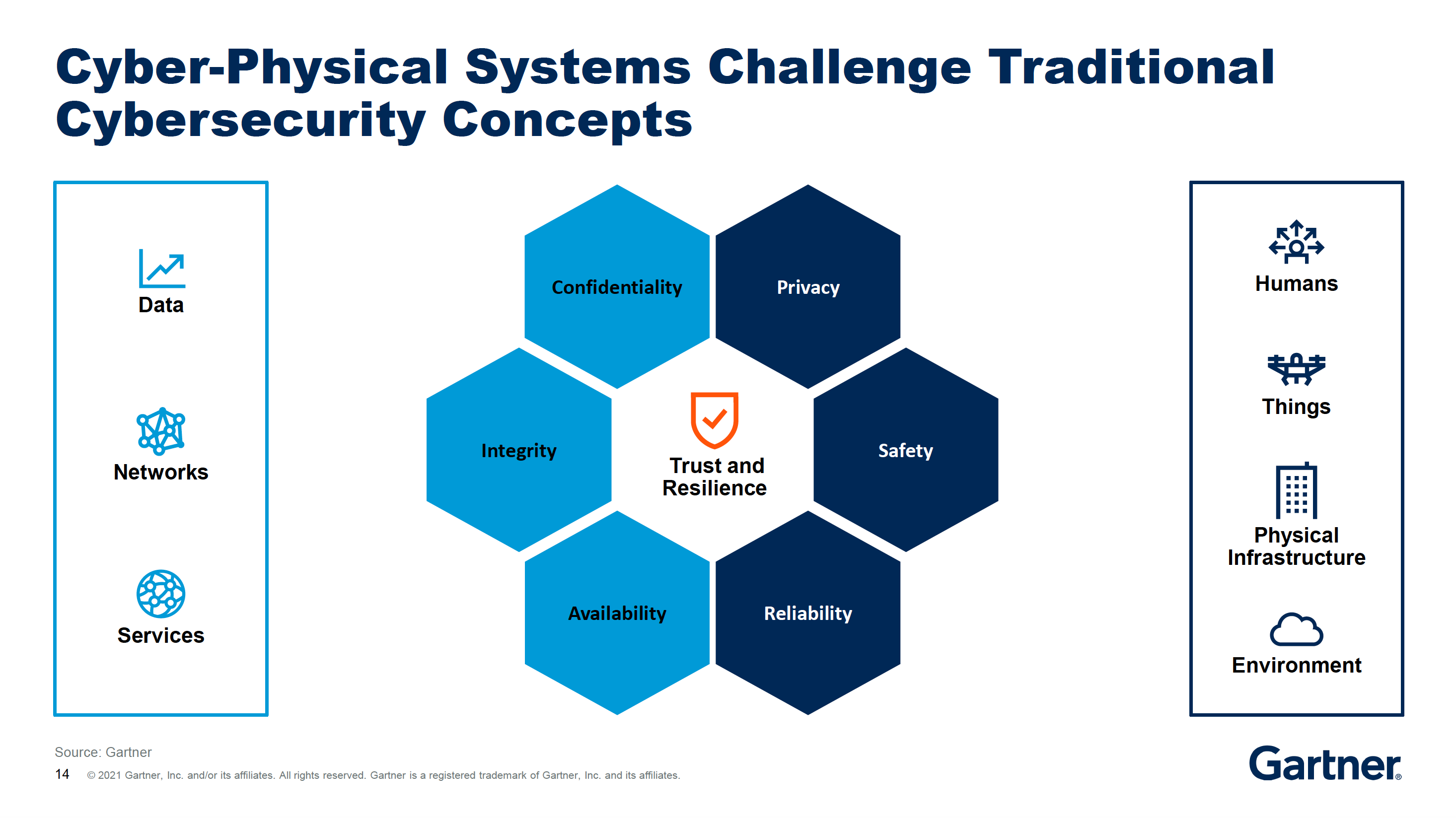The cost of cyber-physical systems (CPS) can vary widely depending on the specific application, the size and complexity of the system, and the level of security and reliability required. However, in general, CPS can be a significant investment.
According to a report by DataBridge Market Research, the global CPS market is expected to grow from $30.7 billion in 2021 to $67.7 billion by 2028. This growth is being driven by the increasing adoption of CPS in a variety of industries, including manufacturing, transportation, energy, and healthcare.
The cost of a CPS can be broken down into three main categories: hardware, software, and services.
- Hardware costs include the cost of sensors, actuators, controllers, and other physical components that make up the system. These costs can vary depending on the type and complexity of the components.
- Software costs include the cost of developing and maintaining the software that controls the system. These costs can be significant, especially for large and complex systems.
- Services costs include the cost of consulting, training, and maintenance services. These costs can vary depending on the level of support required.
In addition to the direct costs of hardware, software, and services, there are also indirect costs associated with CPS. These indirect costs can include the cost of lost productivity, the cost of security breaches, and the cost of compliance with regulations.
The total cost of a CPS can be significant, but the benefits of these systems can also be significant. CPS can improve efficiency, safety, and reliability. They can also help to reduce costs and improve the bottom line.
The decision of how much to spend on a CPS is a complex one. There are many factors to consider, including the specific application, the level of security and reliability required, and the budget. However, with careful planning and execution, CPS can be a valuable investment that can deliver significant benefits.
Here are some additional factors to consider when determining how much to spend on a CPS:
- The size and complexity of the system.
- The level of security and reliability required.
- The budget.
- The benefits of the system.
- The risks associated with the system.
- The availability of funding.
It is important to note that the cost of a CPS can vary over time. The cost of hardware and software can decrease as technology improves. However, the cost of security and compliance can increase as regulations become more stringent.
Ultimately, the decision of how much to spend on a CPS is a complex one that should be made on a case-by-case basis. However, by carefully considering the factors outlined above, organizations can make informed decisions about how to invest in CPS.
Here are some additional resources that you may find helpful:
- Cyber-Physical Systems Market – Industry Trends and Forecast to 2028: https://www.databridgemarketresearch.com/reports/global-cyber-physical-systems-market
- Cyber-Physical Systems: Analyses, challenges, and possible solutions: https://www.sciencedirect.com/science/article/pii/S2667345221000055
- Cyber-Physical Systems – MATLAB & Simulink – MathWorks: https://www.mathworks.com/discovery/cyber-physical-systems.html
- Cyber-Physical Systems – National Science Foundation: https://www.nsf.gov/news/special_reports/cyber-physical/
I hope this helps!

